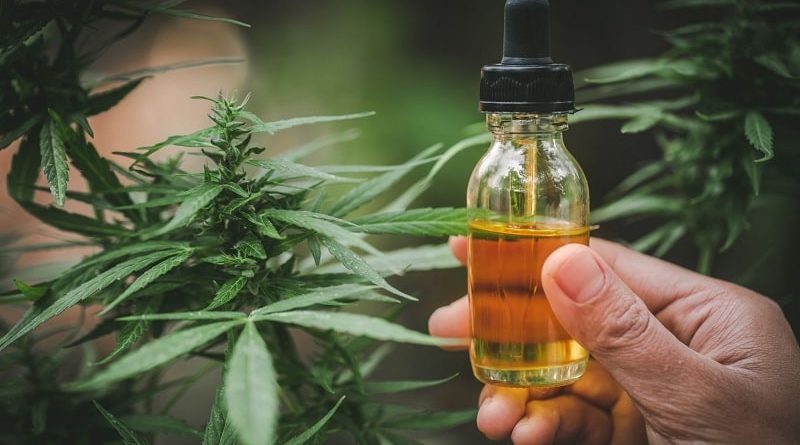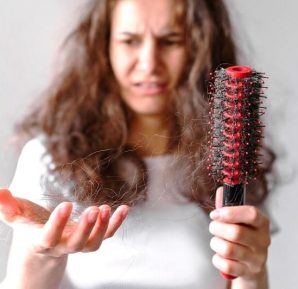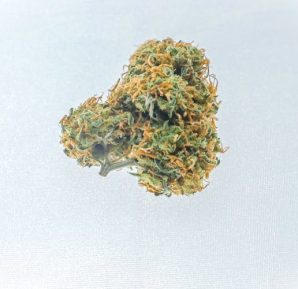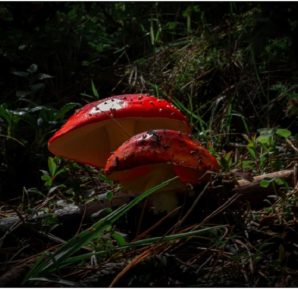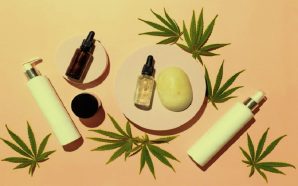Tinctures have been used for centuries to concentrate the active constituents of herbs, the result is a dropper bottle of concentrated molecules.
In this busy and stressful world, practicing yoga takes you to quiet times, allows you to withdraw into yourself, and remind yourself to breathe. You can improve your practice with accessories: a mat, blocks to support you, cushions to reduce tension, flexible straps to lengthen stretching.
Nowadays, sublingual cannabis tinctures can be produced and purchased as an effective method of dosing cannabis.
Cannabis is a multi-plant that includes thousands of different varieties. And just like its genetic diversity, there are a myriad of ways to consume this plant. Smoking the flowers is clearly the most popular and traditional way, but it isn’t for everyone. Edibles are another classic way to ingest cannabis, but this method can be time consuming and complicated. Consuming cannabis through tinctures is perhaps the easiest and most effective way for both medical and recreational users to get their dose of cannabis.
What Is A Sublingual Tincture?
Tinctures are an old-school type of herb extraction based on alcohol, and sometimes vegetable glycerin or vegetable oil, in order to extract the desired components from a dried plant. In the case of cannabis, alcohol is used to remove cannabinoids such as THC and CBD, as well as aromatic terpenes, trichomes and flowers. Finally, the liquid is filtered and removed from the buds, leaving only a powerful concentration of the desired molecules, suspended in an easily administered form.
What makes tinctures different from other methods of consuming cannabis, and other cannabis extracts, is that they are often administered sublingual. “Sublingual” is a very strange word, but all it means is “applied under the tongue”. It might sound like a funny place to drop a cannabis extract, but this route of administration is used in the medical world for quick effects.
By placing a drop of cannabis tincture under the tongue, it is quickly absorbed there. The reason for this is that the oral mucosa in this area contains a profusion of capillaries which allow the substance to diffuse and immediately enter the blood stream, unlike the long journey through the digestive system.
Tinctures are simple extracts with excellent medical and recreational use. They offer powerful effects, and the speed at which they work is a real boon for patients looking for quick relief.
Cannabis has been used for centuries in spiritual and ritual practices. A preparation called Bhang – a mixture of cannabis, milk, and spices – was consumed as part of Hindu tradition and is still consumed by yogis today. Cannabis is said to be one of the five sacred plants referenced in the Vedas, ancient Hindu texts. Note that although Ayurvedic teachings accept cannabis as a medicine, the recreational use of the plant is not encouraged.
If you’ve never tried cannabis with yoga (a practice often referred to as ‘ganja yoga’), you may want to start with a non-intoxicating cannabis compound, as opposed to one that alters the mind. The main chemical compounds in cannabis, called cannabinoids, interact with receptors in your body to induce a variety of effects, some of which could be beneficial for your yoga practice when taken in moderation.
You may be familiar with THC (tetrahydrocannabinol), an active ingredient in the cannabis plant that produces a euphoric sensation and can alter your brain’s perception – that feeling of being ‘high’. One cannabinoid in cannabis that does not alter the mind is CBD (cannabidiol). CBD can provide subtle relaxation without the ‘high’, making it a suitable starting point for introducing herbal medicine into your yoga practice.
According to reports from the National Center for Biotechnology Information, which is part of the National Institutes of Health, CBD can be effective in several ways:
- As an anxiolytic: anti-anxiety
- To reduce inflammation: both topical and systemic
- Reduce pain
As a neuroprotective antioxidant
If you are in a place where CBD is legal and want to incorporate it into your practice, ingesting an edible oil-based or CBD-infused tincture may be a more comfortable introduction to the beneficial elements of the cannabis plant than to smoke or vape. A dose of CBD oil under the tongue can relieve pain and promote healing over time.
Follow the usual advice: “start slowly and increase slowly”. Unlike THC, which provides highs that are felt relatively quickly – seconds, minutes, or hours after consumption – CBD takes time and requires regular use to begin to realize the full benefits.
Consuming CBD to improve your practice is a personal choice that requires research on your part. Know why you want to add herbal medicine to your practice. Approaching CBD for relaxation, calm and healing is a good place to start.
Do Cannabis Tinctures Get You High?
The answer to this question is clear: yes! At least, if they contain cannabis high in THC. Cannabis tinctures are extracts, which means they are a concentration of molecules taken from cannabis flowers. This means that a few drops of tinctures can contain more THC than in an entire joint.
Conclusion
The effects of the tinctures depend entirely on the variety used to produce the extract. If a high THC strain is used then the effects will be very noticeable. On the contrary, if a high CBD strain containing almost no THC is used, then there might be no high. Most commercial strains contain a certain amount of THC and CBD, again it all depends on the strain selected.




